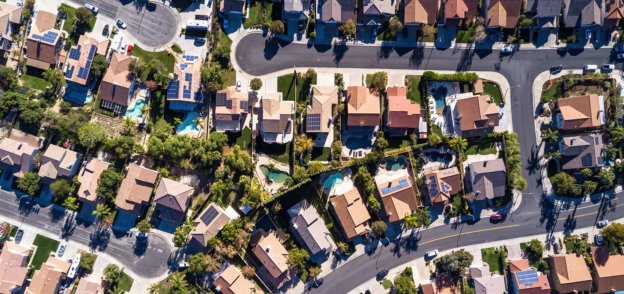Dues are always a hot topic for HOAs. The collection and allocation of dues can be a touchy subject for the membership since it directly affects their wallets. However, successful homeowners association management wouldn’t be possible without everyone sharing the cost. Board members are put in a tricky situation: they want to please the membership but are also obligated to make decisions that are in the best interest of the community as a whole.
Keeping dues as low as possible is always the goal, right? Not necessarily. Read on to discover when raising dues is actually in a community’s best interest.
Fee stagnation is a bad idea
Some homeowners associations work very hard to keep dues at the same level for as long as possible until they absolutely must be raised. To do so, HOA boards find ways to cut corners: delay landscaping upgrades, cut back on lawnmowing in the summer, scheduling janitorial services one less time per week, raising the deductibles on the association’s insurance policies…
Dues must be adjusted to meet a community’s evolving needs or the HOA risks running out of cash. While well-intentioned board members think they’re “cutting costs,” by holding fees steady, they’re actually just chipping away at services. Doing so not only starts gradually diminishing property values, it sets up members for potentially costly emergency spending plans, called special assessments, to address unforeseen expenses beyond the original scope of a project. Therefore, failure to raise dues with changing times doesn’t address the problem—it just puts off the inevitable.
Keep up with the times
Instead, a smarter way to manage dues is for board members to ask themselves, “What is a reasonable amount to pay to maintain equal service levels over time?” For most HOAs, adjusting dues to keep pace with changes in the CPI (consumer price index). As an example, the upcoming minimum wage increases in California are going to raise costs for all hourly workers. These landscapers, janitors, security guards, painters etc. are crucial to keeping a community looking top-notch, so cutting back on their services is not a great idea. Therefore, incrementally adjusting dues to keep pace with current—and foreseen—economic changes allows the membership to adjust to inevitable cost increases without getting hit all at once with a major increase.
How to approach changes in HOA fees
When determining how much to raise dues, boards should avoid basing dues levels on a final number. Instead, they should think about the level of service they would like their community to receive and then build out a dues schedule that will enable the HOA to achieve it. By figuring out what it takes to provide successful homeowners association management that grows property values over time, boards can take the best course of action to meet those expectations.
Here are some tips to ease membership into upcoming dues increases:
- Begin laying the groundwork at least 6 months before changes go into effect
- Remind the membership of what dues are used for
- Invite membership to read and review the association’s annual budget
- Inform members of upcoming upgrades to common areas
- Share the “why” behind the increase (ex. CA’s minimum wage increase)
- Be completely transparent about the entire process
- Invite membership to contact their property manager with questions
California civil code allows HOA boards to raise dues up to 20% without seeking approval from the membership. But major fee increases—especially if they’re a surprise—are not a great way to engender goodwill from the membership. However, planning ahead, frequent communication, and full transparency help soften the blow for inevitable increases that are in the best interest of the community.
Have questions about your HOA dues and how they benefit your community? Contact your Keystone Pacific property manager today and we’ll be happy to discuss.
